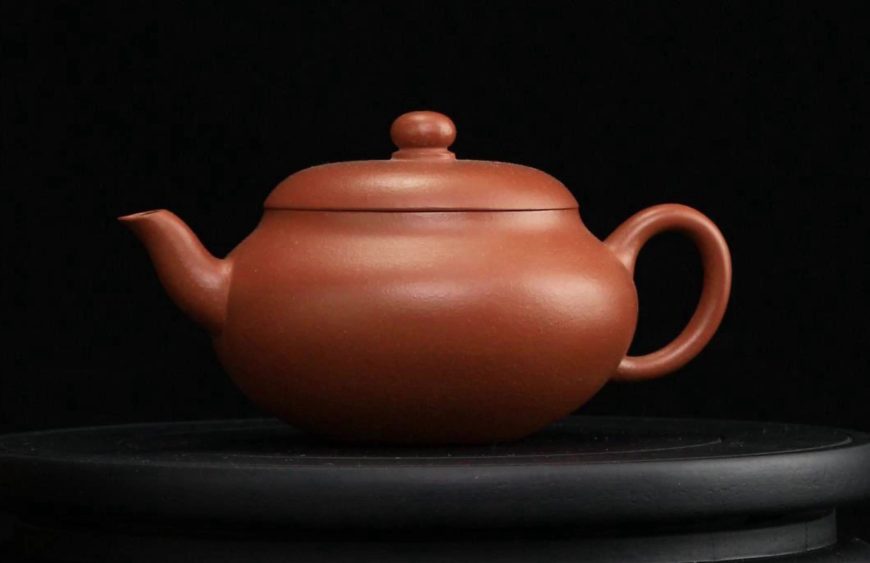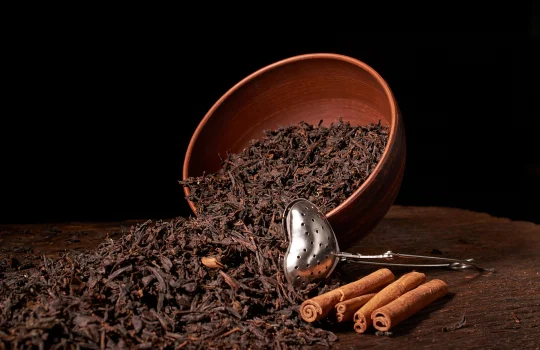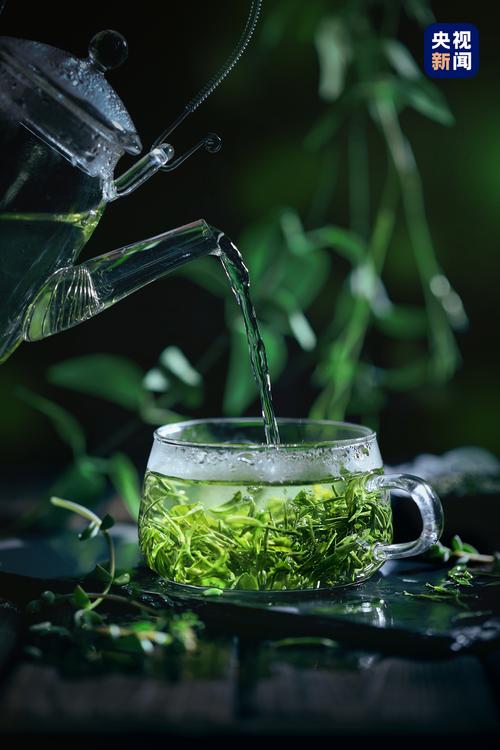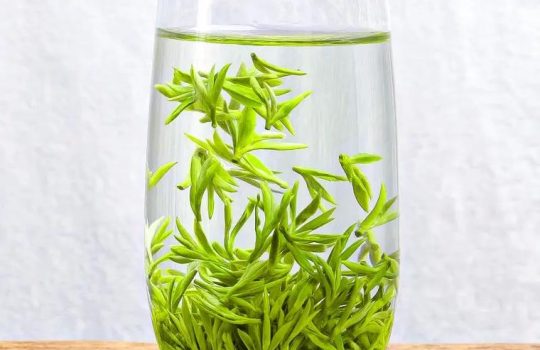A teapot designed for one person typically has a capacity of 100–150 ml. The so-called ‘golden capacity’ teapots commonly available on the market generally range from 200–300 ml, suitable for three to five people to enjoy tea together. For a single person, a smaller teapot is recommended, as it allows for better control of the tea quantity, greater comfort, and avoids over-brewing the tea, which may cool down and not be consumed in time. Secondly, smaller teapots are more convenient for tasting and savouring tea, as the aroma does not disperse.
The following are the capacities of teapots:
1. 100cc or less is considered a very small teapot;
2. 100cc to 200cc is considered a small teapot;
3. 200cc to 350cc is considered a medium-sized teapot;
4. Those between 350cc and 600cc are called large teapots;
5. Those over 600cc are called extra-large teapots.
The so-called ‘golden capacity’ teapots commonly available on the market are generally around 200cc to 300cc, suitable for two to three to five people to drink tea. One pot is just right, the tea doesn’t get cold, and there’s enough to drink.
Under normal circumstances, there is no need to choose a teapot with excessive capacity for one person, as this can lead to using more tea than necessary or the tea becoming stale before it is consumed. Additionally, larger teapots are harder to handle.
Therefore, for one person, it is recommended to choose a teapot around 120cc, which offers the right balance of capacity, comfort, and tea quantity.
Different teas require different purple clay teapots
1. Green tea and purple clay teapots
Main varieties include: West Lake Longjing tea, Biluochun, Huangshan Maofeng, Lushan Yunwu, Lu’an Guapian, Taiping Houkui, Gu Zhu Zhusun tea, Xinyang Maojian tea, Zhuyeqing, Enshi Yulu, Putuo Focha.
Green tea has a light green broth and does not tolerate prolonged steeping, so a purple clay teapot meeting the following requirements should be chosen:
Clay type: All types of clay, including purple clay, green clay, and red clay, are suitable.
Teapot shape: A wide mouth and lid, with a short body rather than a tall one.
Capacity: 250cc or more.
2. Black Tea and Purple Clay Teapots
Major Chinese black tea varieties include: Qihong, Dianhong, Huohong, Suhong, Yuehong, Chuanhong, Yinghong, Jiuku Hongmei, Hanzhong Hong, Zhenghe Hongcha, and Xinyang Hongcha.
The world’s four famous black teas are: Qimen Black Tea, Assam Black Tea, Darjeeling Black Tea, and Ceylon High-Grown Black Tea.
Black tea has a long-lasting aroma, a sweet taste, and a deep red colour. The following conditions should be considered when selecting a purple clay teapot:
Clay material: purple clay, red clay, or Jianpo clay;
Teapot shape: tall, deep, and narrow;
Capacity: 200cc or more.
3. Oolong Tea and Purple Clay Teapots
The main production areas of oolong tea are Fujian, Guangdong, and Taiwan. The best varieties include Wuyi Rock Tea from northern Fujian, Tieguanyin from southern Fujian, Dancong from Guangdong, and Dongding Oolong Tea from Taiwan.
Oolong tea is also known as Gongfu tea because its brewing method differs from other tea types, with specific requirements for tea utensils, and particularly stringent standards for teapots:
Clay type: Purple clay, green clay, red clay, and Jiaopeng clay are all acceptable, with red clay being the most standard.
Capacity: Choose teapots of different capacities based on the amount of tea, generally between 80cc and 200cc.
Teapot shape: Tieguanyin: The teapot should be short rather than tall to highlight the tea’s aromatic characteristics and smoothly release the floral fragrance of Tieguanyin.
4. Black Tea and Purple Clay Teapots
Black tea is primarily produced in Anhui County, Hunan Province, Hubei Province, Sichuan Province, Yunnan Province, and Guangxi Province. Major varieties include Anhui Black Tea, Hubei Lao Bian Tea, Sichuan Border Tea, Guangxi Liu Bao Loose Tea, and Yunnan Pu’er Tea. Among these, Yunnan Pu’er Tea has been renowned throughout history and across the world.
Black tea has a strong broth and a darker colour, so pot selection also requires attention:
Clay type: Purple clay (suitable for both raw and ripe Pu’er tea), green clay (suitable for raw Pu’er tea);
Pot shape: Pots with a larger belly, as Pu’er tea has a high concentration, and a pot with a larger belly can prevent the tea broth from becoming too strong.
Capacity: 200cc or more.
5. Yellow Tea and Purple Clay Teapots
The main production areas of yellow tea include: Anhui, Guangdong, Guizhou, Hunan, Hubei, Sichuan, and Zhejiang. Yellow tea is classified based on the tenderness and size of the raw buds and leaves into yellow bud tea, yellow small tea, and yellow large tea. Major varieties include: Junshan Yinzhen, Wushan Maojian, Huoshan Huangya, and Huoshan Huangda Cha, etc.
Considerations for selecting a teapot for yellow tea:
1. Clay type: All clay types, including purple clay, green clay, and red clay, are suitable.
2. Teapot shape: A larger opening and lid.
3. Capacity: Over 200cc.
6. White Tea and Purple Clay Teapots
The main production areas for white tea are Fuding, Zhenghe, Zherong in Fujian Province; Xinzhou Jiujie in Wuhan; Tianshan in Jiaocheng; Songxi; Jianyang; and Jinggu in Yunnan Province.
Due to differences in tea plant varieties and raw material requirements, white tea is divided into four products: Bai Hao Yin Zhen, Bai Mu Dan, Shou Mei, and Gong Mei.
White tea requires a crisp and well-ventilated brewing environment, so when brewing and drinking white tea, the following should be noted:
Clay type: Both purple clay and green clay are suitable.
Teapot shape: A larger lid opening, narrower teapot body, and taller teapot body.
Capacity: 300cc or more.




